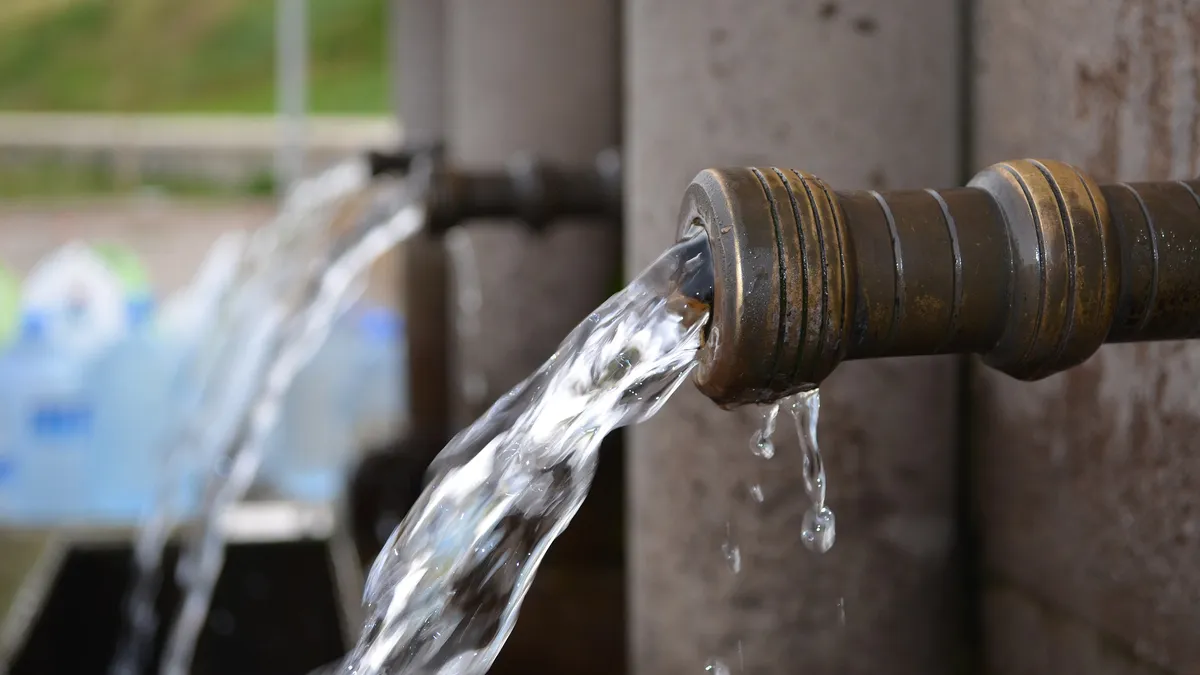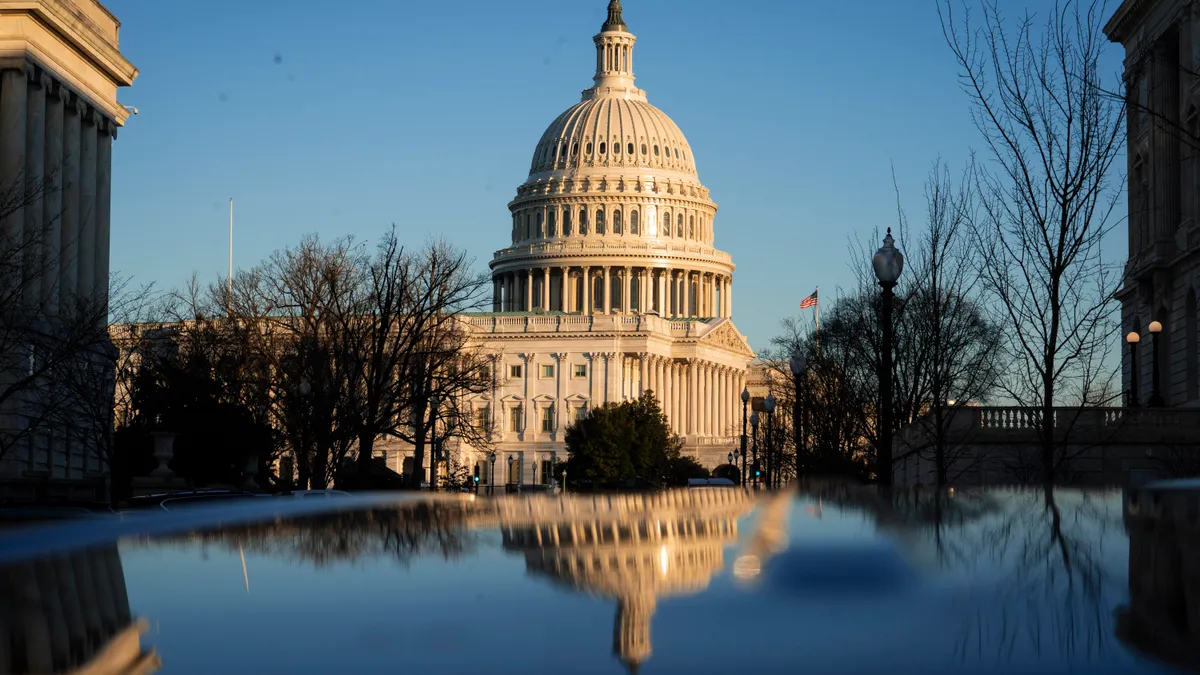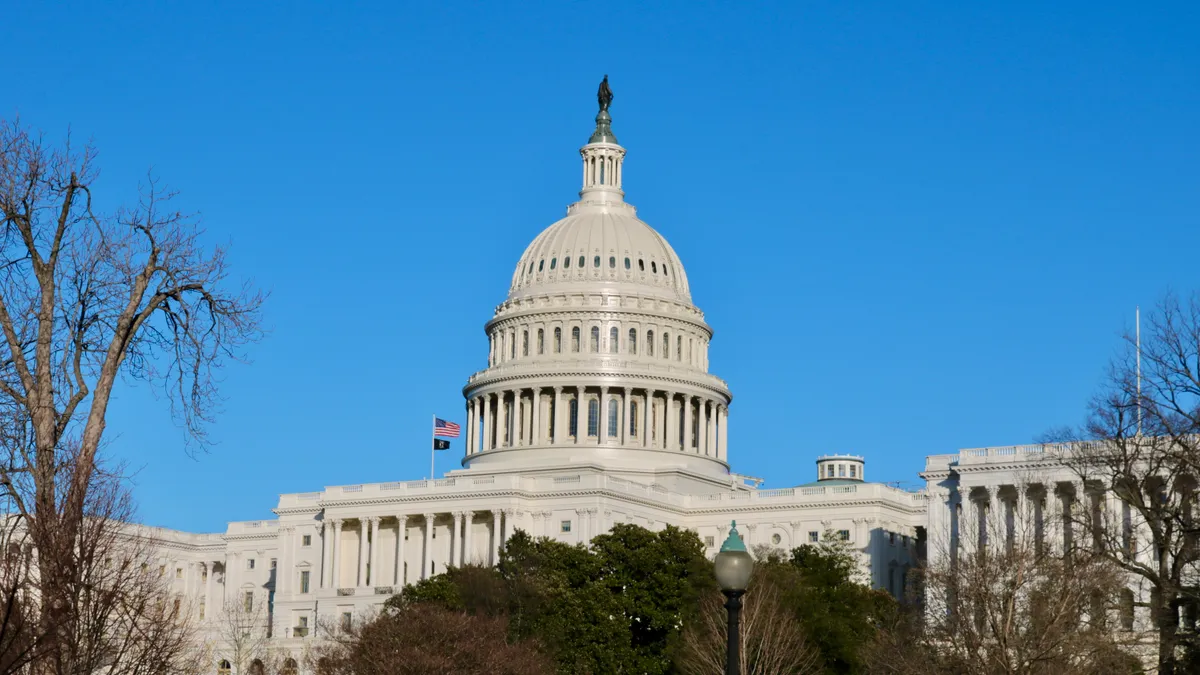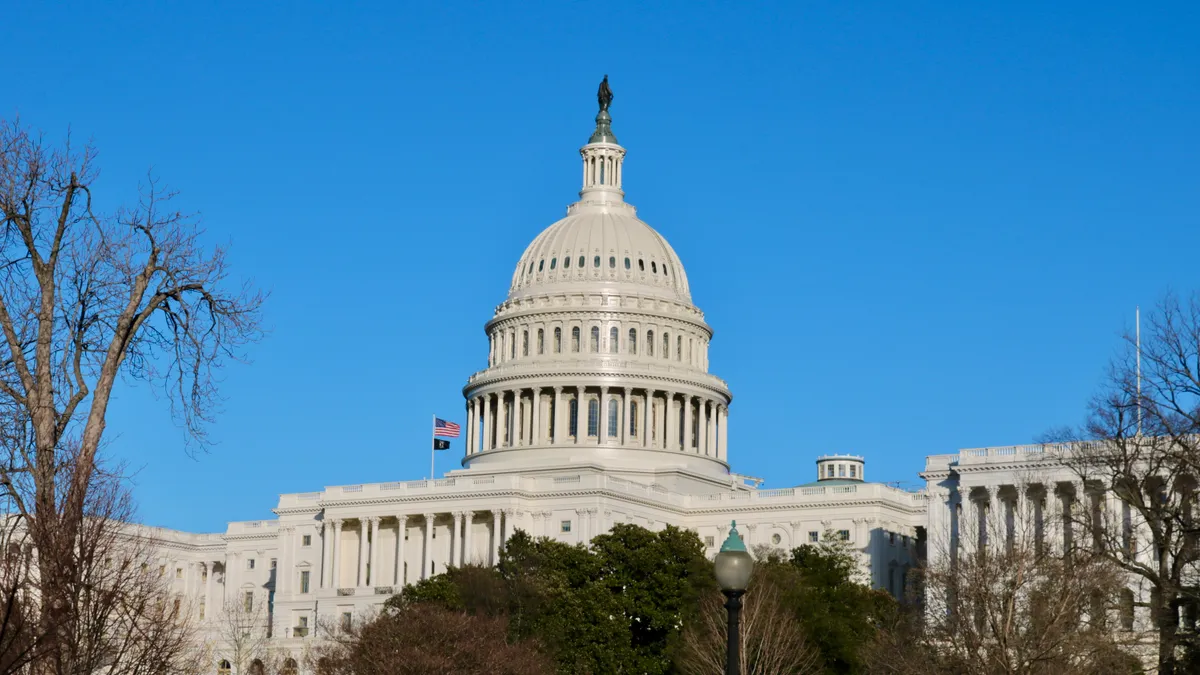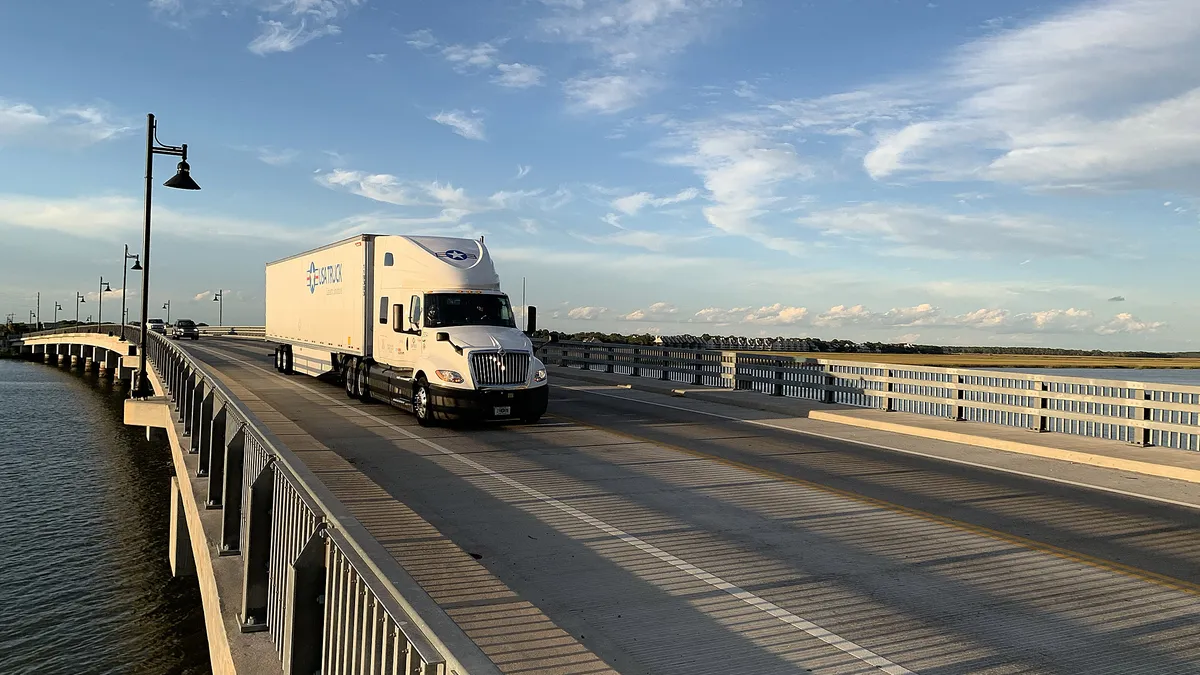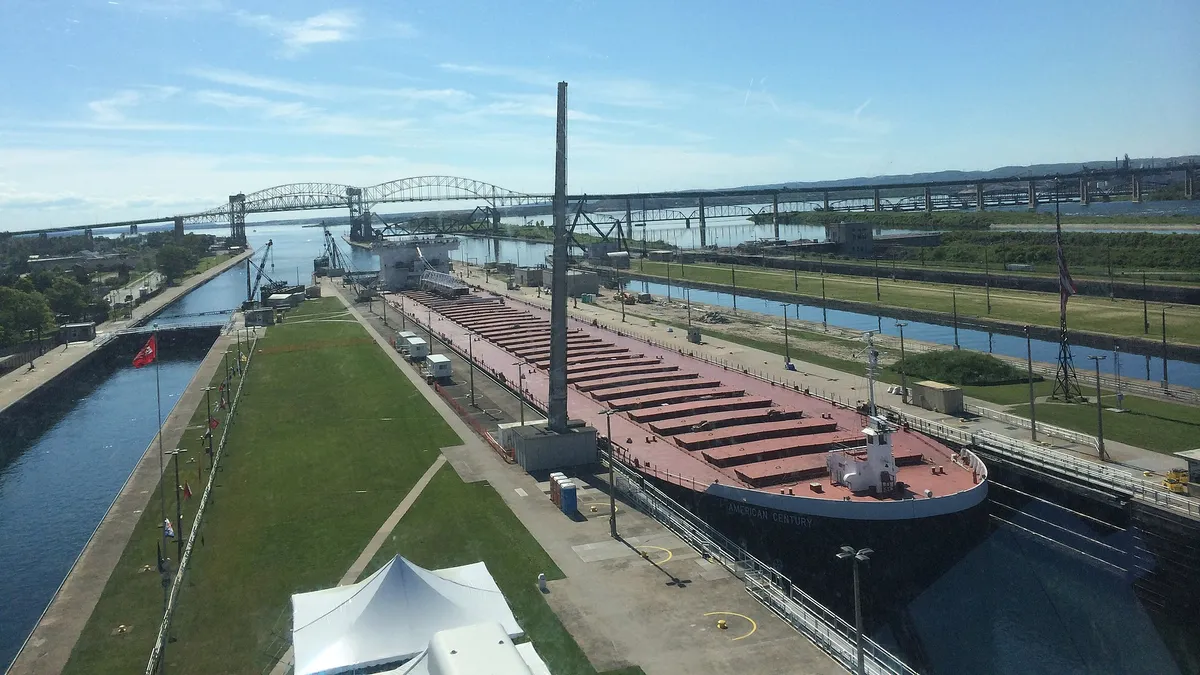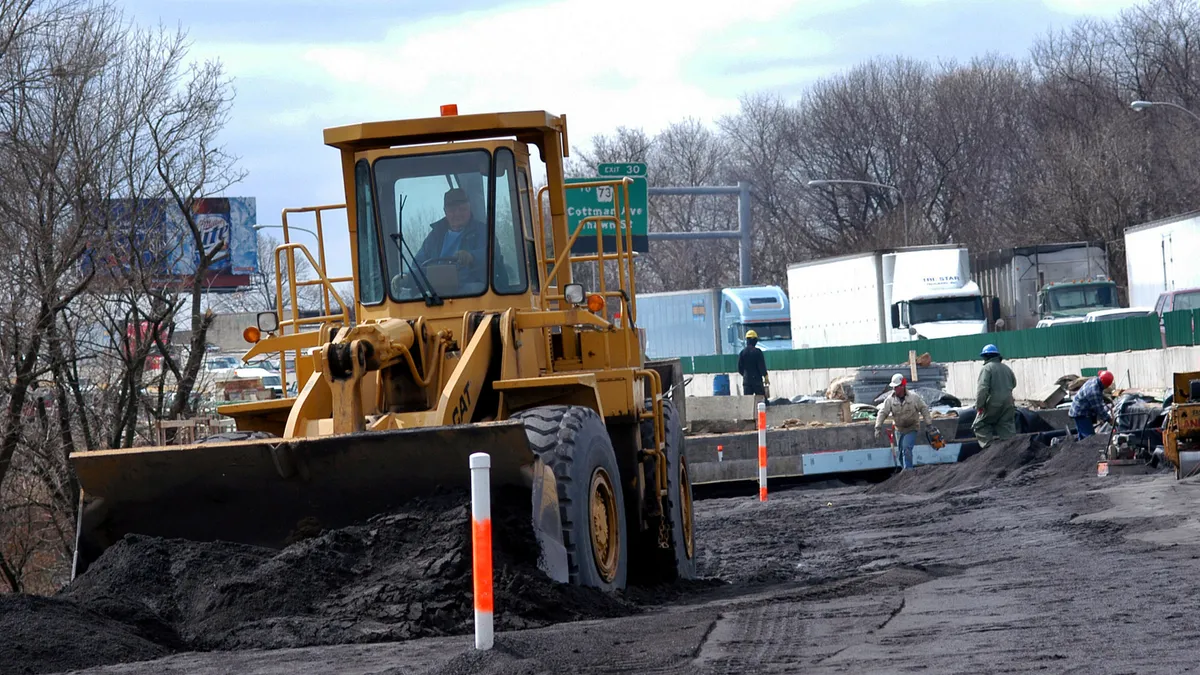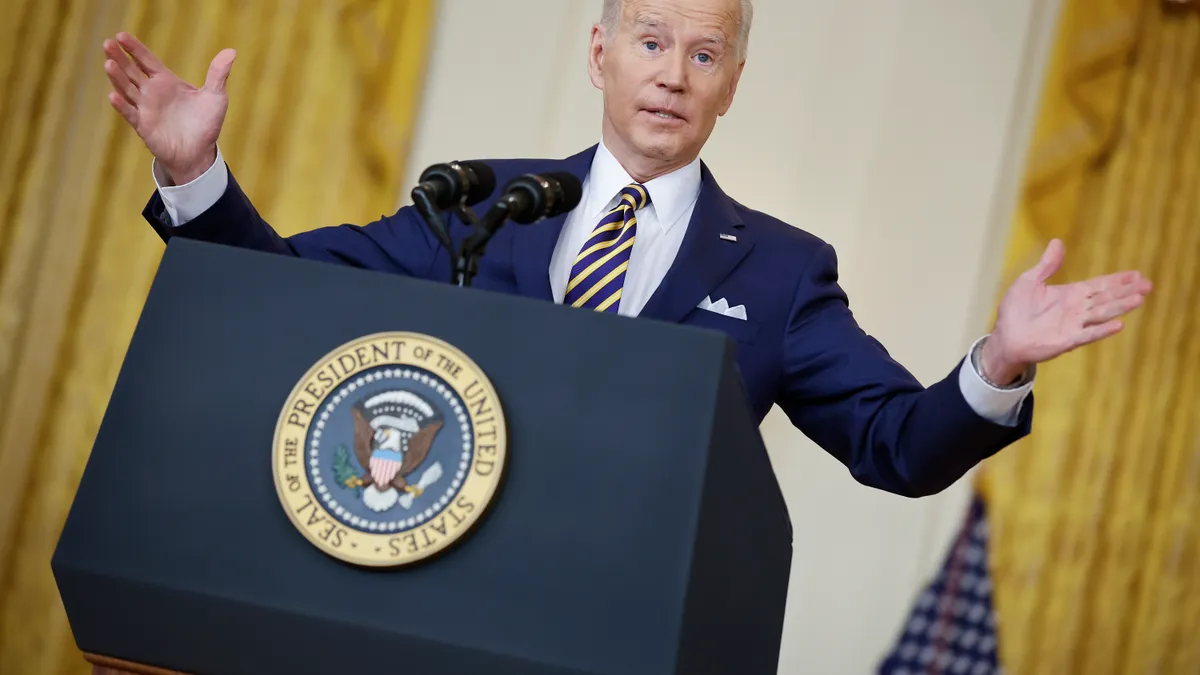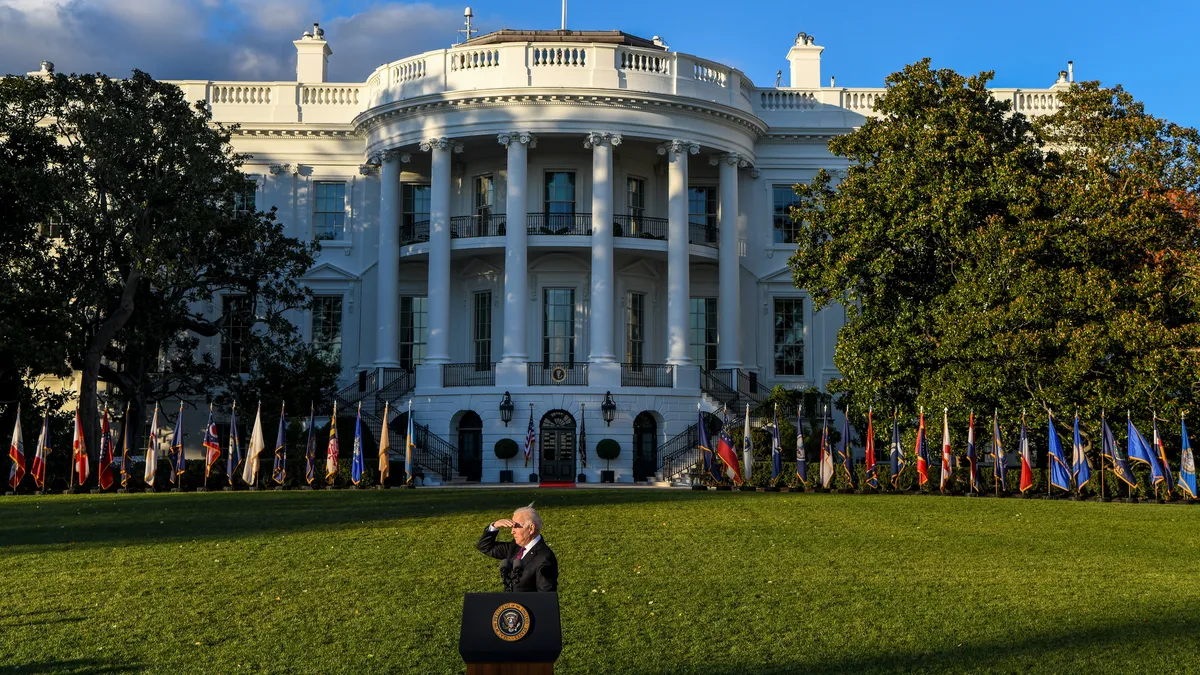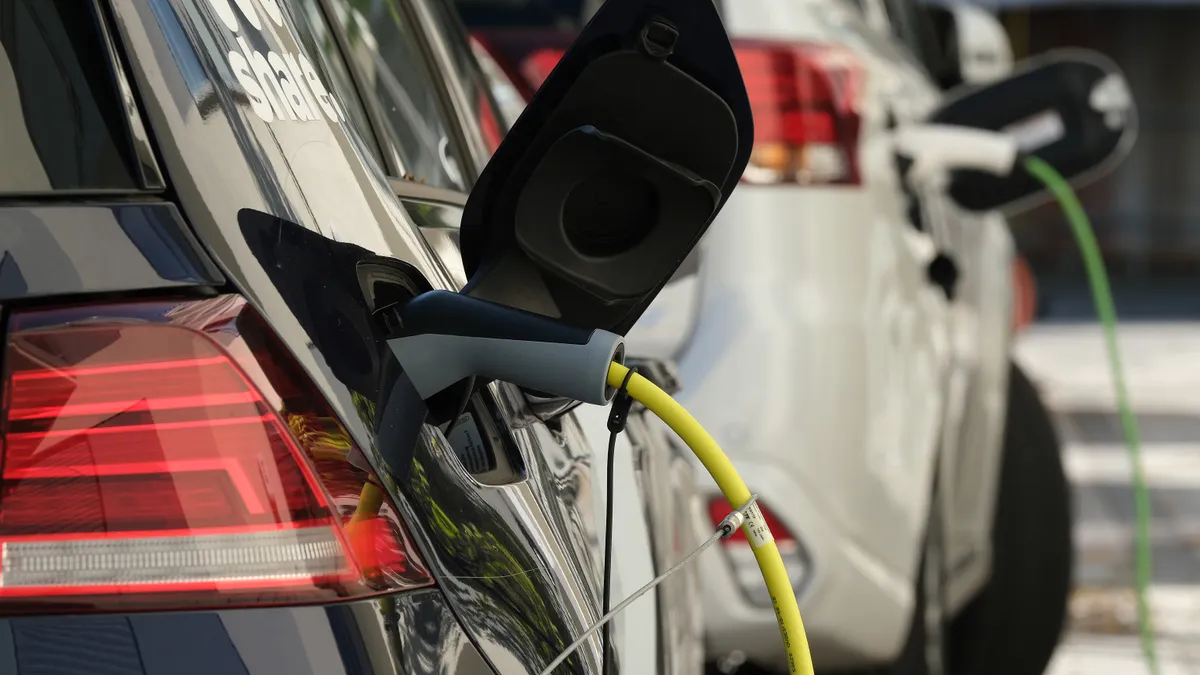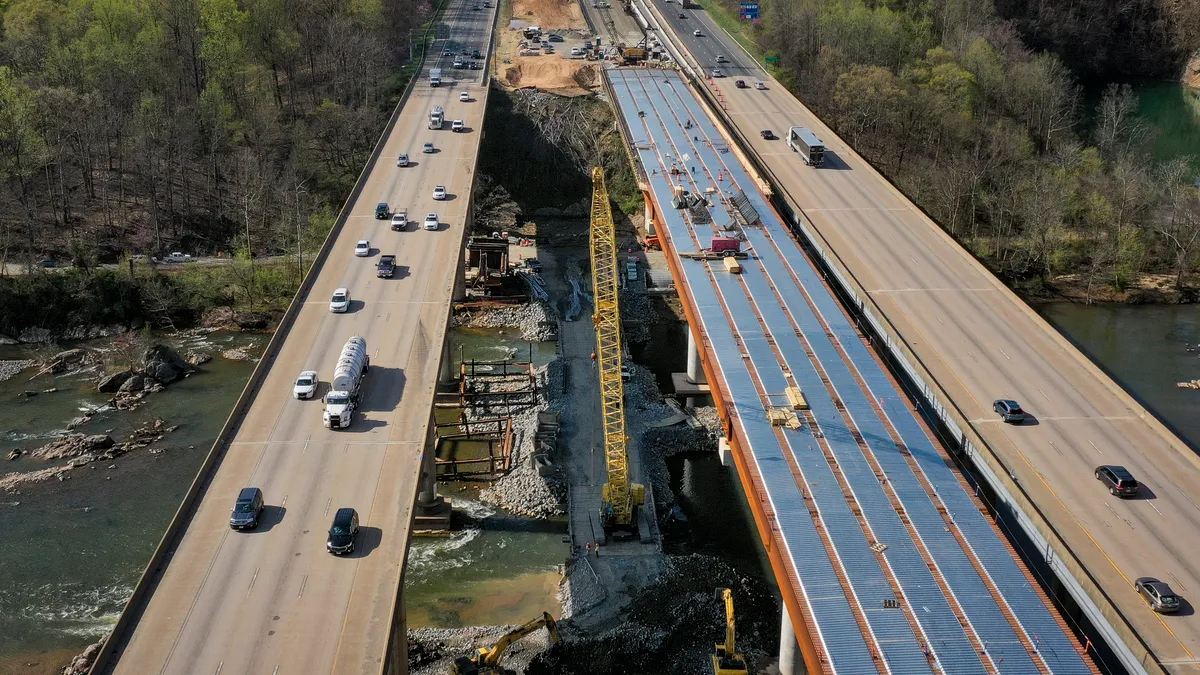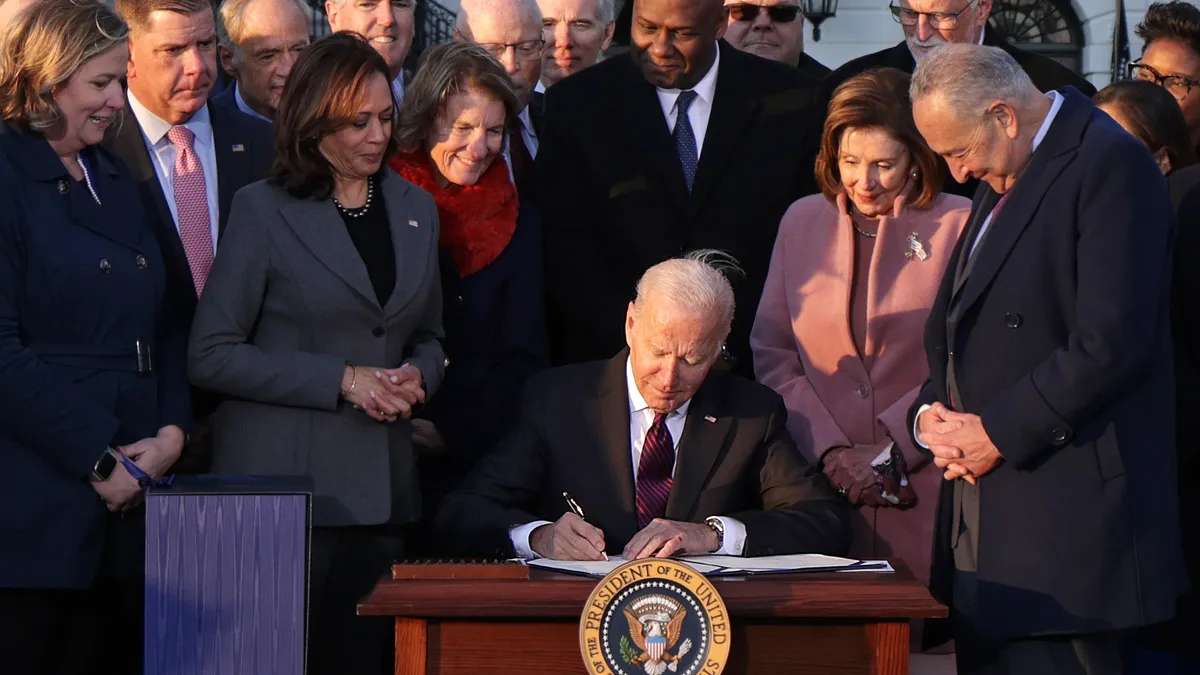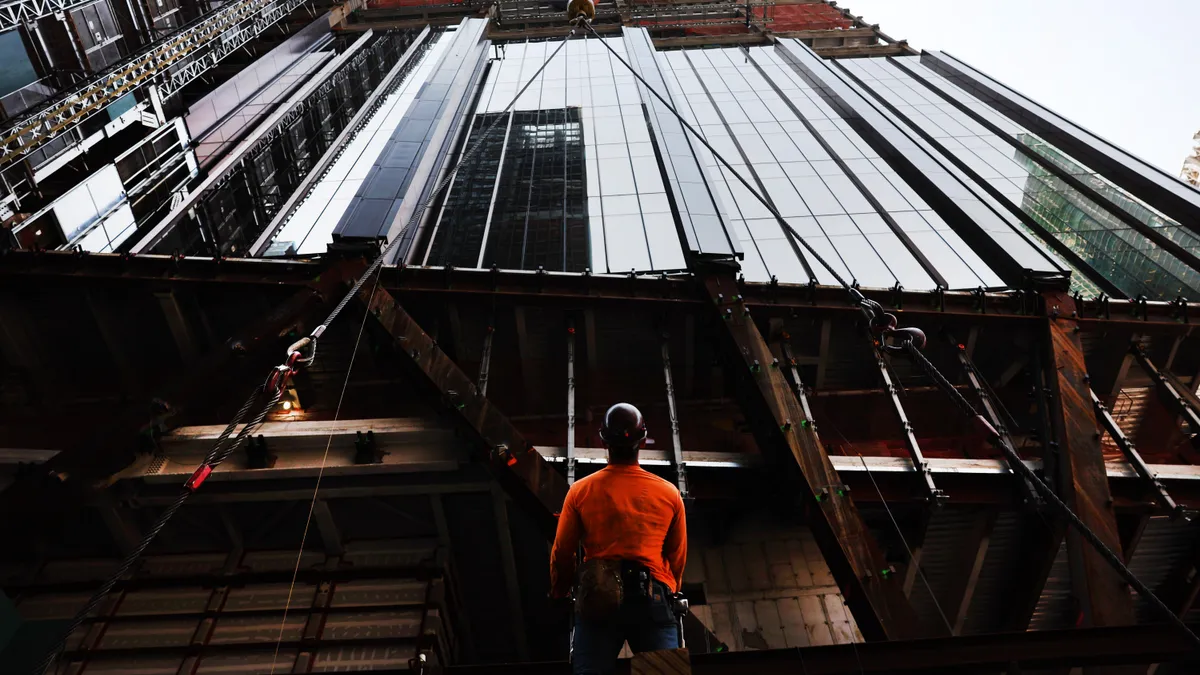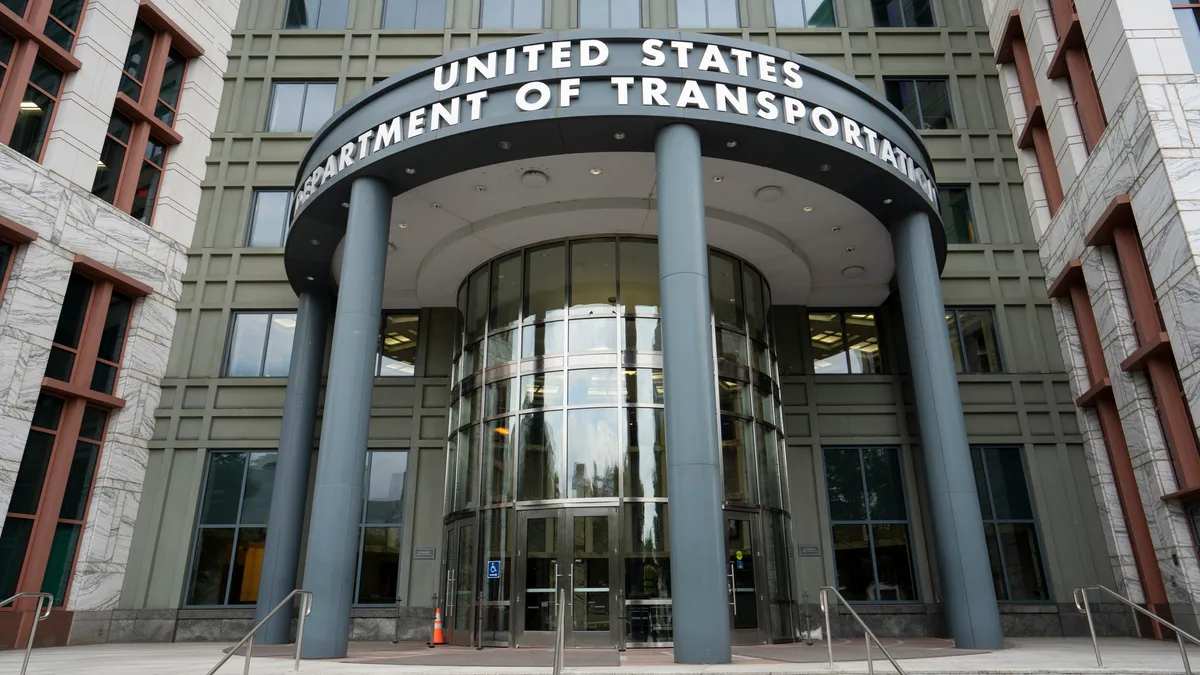Dive Brief:
- The first major infusion of funds from the $1.2 trillion Infrastructure Investment and Jobs Act, signed into law last month, is heading to states, tribes and U.S. territories in 2022, the Biden administration announced on Dec. 2. The EPA will distribute $7.4 billion to remediate ailing water infrastructure and lead pipes.
- The funding is part of the legislation's $50 billion investment in water infrastructure, which will be doled out over five years. Of the initial distribution of funds, $2.9 billion will go to replace lead pipes and service lines, and $866 million is designated to address "forever chemicals" and other drinking water contaminants.
- EPA Administrator Michael Regan told NBC that the funding represents the "single largest investment in water infrastructure" in the history of the federal government. Experts say while the sum is likely not sufficient to address all of the country's lead pipes, it should still make a significant impact.
Dive Insight:
Lead service lines and plumbing components were banned nationwide in 1986, but lead contamination in water continues to affect millions of homes, businesses and schools. It has been linked to a variety of health problems including irreversible organ and cognitive damage, and children in particular are at risk, per the EPA. Earlier this year, President Joe Biden pledged to replace every lead pipe in the country.
"It's going to create jobs replacing lead and — lead water pipes so every American, every child can drink clean water, improving their health and putting plumbers and pipefitters to work. How long have we been talking about that? It's a gigantic issue," Biden said in remarks after the House of Representatives passed the infrastructure act.
There are up to 10 million lead service lines in the U.S. and the average cost of replacing them is $4,700 per line, according to a 2019 EPA report. However, the exact number of lead pipes is uncertain because many states do not track them, according to the environmental nonprofit Natural Resources Defense Council, which puts the figure at closer to 12 million. While lead pipes persist in every state, NRDC's data shows the problem is most widespread in the Midwest.
The majority of infrastructure act funds will be distributed to states, which are charged with deciding which projects to fund and executing them. Other sums will be disbursed through federal grants for specific projects. Nearly $44 billion of the $50 billion for water projects will go through State Revolving Funds, created to provide low-interest loans for cities, counties and utilities to invest in water and sanitation infrastructure.
A historic, if insufficient, investment
The infrastructure package in total has $15 billion earmarked for replacing lead pipes and another $10 billion for dealing with drinking water contaminants. A senior Biden administration official said the act also provides $23.4 billion in State Revolving Funds that will be eligible to go toward lead service line replacement projects, according to The News & Observer.
While the federal government cannot dictate how most of those funds are spent, the EPA is urging state and local leaders to prioritize projects in historically underserved communities, which have faced particularly acute challenges in accessing clean water.
The Biden administration initially proposed allocating $45 billion to eliminate all of the nation's lead pipes and service lines, which water experts said was a realistic sum for mapping and removal. While the ultimate funding ended up at only a third of that amount, it nonetheless represents the federal government's most significant investment to date to address the issue.



